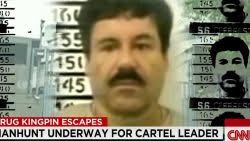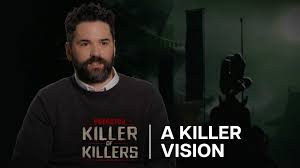
Introduction
Joaquín ‘El Chapo’ Guzmán, the notorious former leader of the Sinaloa drug cartel, remains a significant figure in discussions about global drug trafficking and organized crime. His story is not just about crime; it delves into the complexities of drug laws and the socio-economic implications of the narcotics trade. As of 2023, discussions surrounding El Chapo continue to resonate, given the ongoing battles against drug trafficking and the profound impact of his criminal enterprises on Mexico and the international community.
The Life of El Chapo
El Chapo was born on December 25, 1954, in La Tuna, Mexico. He started his criminal career in his youth and quickly climbed the ranks of the Sinaloa cartel, solidifying his reputation as a fierce and strategic leader. Under his stewardship, the cartel became one of the most powerful drug trafficking organizations in the world, responsible for smuggling vast quantities of cocaine, marijuana, and methamphetamines into the United States and beyond.
His notable escape from prison in 2015 cemented his legendary status. Guzmán’s elaborate tunnel escape highlighted both his resources and the corruption ingrained in the Mexican criminal justice system. However, his reign came to an end when he was recaptured in January 2016, and subsequently extradited to the United States in 2017.
Trials and Sentencing
In 2019, Guzmán was tried in Brooklyn, New York, facing charges ranging from drug trafficking to murder. Evidence presented during the trial detailed gruesome violence associated with his operations, including testimonies from former associates that painted a picture of a brutal drug lord. In July 2019, he was sentenced to life in prison without the possibility of parole, a decision that reinforced the legal and social consequences of drug trafficking.
Impact on Drug Trafficking
El Chapo’s activities have had a lasting impact on drug trafficking networks, not only in Mexico but globally. The power vacuum created by his arrest has led to violent struggles between various cartels for control over lucrative drug routes. Moreover, the implications of his actions continue to affect public health policies in the U.S. and Mexico, as both countries face an ongoing opioid crisis exacerbated by the drugs supplied by cartels like Sinaloa.
Conclusion
El Chapo’s story illustrates the complexities of the war on drugs, the interplay between politics and crime, and the societal ramifications of drug addiction. While he is serving his sentence in the U.S., the challenges posed by drug trafficking continue to persist. The legacy of El Chapo is not merely about his crimes but the ongoing struggle against organized crime, addiction, and the vulnerabilities that fuel these global issues.


